Home>Ideas and Tips>Urban Sophistication In New York Loft Style
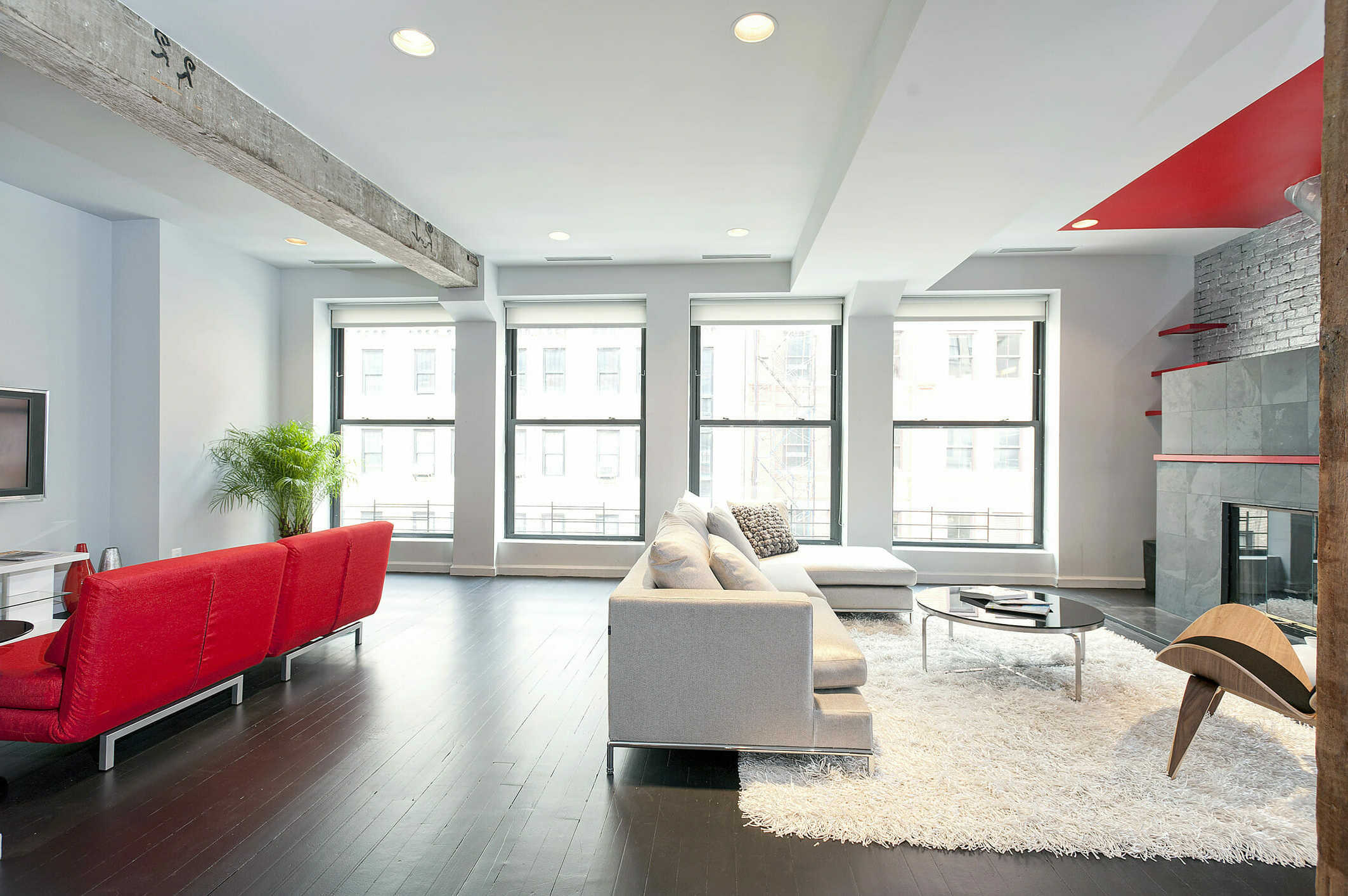

Ideas and Tips
Urban Sophistication In New York Loft Style
Published: October 25, 2024
Discover the allure of New York loft style, blending industrial elements with modern elegance for a unique urban living experience.
(Many of the links in this article redirect to a specific reviewed product. Your purchase of these products through affiliate links helps to generate commission for Storables.com, at no extra cost. Learn more)
New York City is renowned for its vibrant culture, diverse neighborhoods, and iconic architecture. Among the many architectural styles that define the city, the New York loft style stands out for its unique blend of industrial elements and modern aesthetics. This style has evolved over the years, from its humble beginnings as a makeshift living space for artists in the 1960s to becoming one of the most coveted forms of residential living in the city. In this article, we will delve into the history, characteristics, and appeal of New York loft style, exploring why it remains a symbol of urban sophistication.
The Origins of Loft Living
Loft living has its roots in the 1960s when artists began converting unused warehouses and factory floors into live/work spaces. This movement was pioneered by artists who sought affordable and spacious environments where they could both live and work. The SoHo neighborhood in Manhattan became a hub for this transformation, with its abundance of cast-iron buildings and industrial spaces that were once used for manufacturing and storage.
The legalization of this form of adaptive reuse in urban-industrial areas marked a significant shift in desirable residential living. Architects and designers took advantage of the features inherent in these converted buildings, such as high ceilings, expansive windows, and open floor plans. These characteristics not only provided ample space but also retained the raw, industrial feel that defined the early lofts.
Read more: New York Loft: Urban Sophistication At Home
Characteristics of New York Loft Style
-
Expansive Windows and High Ceilings
- One of the defining features of a New York loft is its expansive windows and high ceilings. Industrial buildings were designed to accommodate large machinery and equipment, which necessitated high ceilings to house ductwork and other mechanical systems. These high ceilings also allowed for plenty of natural light, which was essential for workers in factories and warehouses. Today, these windows provide an abundance of natural light, making the space feel airy and spacious.
-
Open Spaces and Mezzanines
- Lofts typically feature large, open floor plans that were originally designed to accommodate equipment and machinery. These open spaces have remained a hallmark of loft living, allowing for flexible configurations that can be tailored to various needs. Some lofts also include mezzanines, which provide additional living space and create a sense of verticality.
-
Exposed Materials
- Exposed materials such as brick walls, concrete, original wood beams, and pipes are common in loft apartments. This stems from the cost-effective conversion of disused industrial buildings where leaving these elements exposed was a practical choice. Today, these exposed materials add to the industrial charm of the space while also providing a unique aesthetic.
-
Mixed Mediums and Finishes
- Once renovated, redesigned, and redecorated, loft apartments often juxtapose traditional structural materials with modern finishes such as ceramic tiles, leather furniture, and marble countertops. This blending of old and new creates a sophisticated look that is both urban and elegant.
-
Art Collections
- The occupation of loft apartments by artists in the 1960s has left an indelible mark on their decoration. Many contemporary lofts feature art collections that reflect their historical use as live/work spaces for creatives. This emphasis on art adds to the cultural and intellectual appeal of loft living.
The Evolution of Loft Apartments
Before the 1960s, SoHo was not a desirable place to live. It was dirty, deserted, and dangerous due to its industrial base and lack of residential development. However, with the modernization of industry in the mid-20th century, SoHo's buildings were deemed increasingly inefficient for their original purposes. This led to a period of decline followed by a resurgence as artists began converting these spaces into residential units.
By the 1980s, SoHo had transformed into one of Manhattan's most sought-after neighborhoods. The cast-iron buildings that once housed factories now stood as iconic landmarks of loft living. This transformation was not limited to SoHo; other neighborhoods like Tribeca and Brooklyn Heights also saw significant conversions of industrial spaces into residential lofts.
The Appeal of New York Loft Style
-
Urban Sophistication
- New York loft style embodies urban sophistication through its blend of industrial elements with modern aesthetics. The exposed materials and high ceilings create an airy, spacious feel that is quintessentially urban. At the same time, the sophisticated finishes and art collections add an element of elegance that is hard to find in other types of residential living.
-
Flexibility
- One of the most appealing aspects of loft living is its flexibility. The open floor plans allow for imaginative room designs and multifunctional use. This flexibility makes lofts ideal for creatives who need space to work and live without the constraints of traditional apartment layouts.
-
Scarcity and Rarity
- Due to their historical origins and the challenges involved in converting industrial spaces into residential units, authentic lofts are increasingly rare. This scarcity has led to the emergence of "loft hybrids," which blend elements of traditional lofts with more standard apartment finishes. While not as authentic as full lofts, these hybrids offer a compromise between urban charm and practicality.
-
Luxury Living
- Today, New York lofts are among the city's most coveted homes. They offer luxury living with unique features that cannot be replicated in other types of residential spaces. From high ceilings to exposed brick walls, every element in a loft apartment contributes to its luxurious feel.
The Rise of Loft Hybrids
As demand for traditional lofts continues to grow but authentic options become scarcer, especially outside major urban areas like New York City, there has been an emergence of "loft hybrids." These apartments blend elements of traditional lofts with more standard apartment finishes.
Key features of loft hybrids include:
- Exposed Brick and Piping: These elements are retained as accents but may not be as extensive as in full lofts.
- High Ceilings: While not always as high as those found in industrial buildings, high ceilings are still a defining feature.
- Large Windows: These provide plenty of natural light but may not be as expansive as those in traditional lofts.
- Two-Story Design: Many loft hybrids feature a two-story layout with a lofted mezzanine or upstairs area that overlooks the main living space. This design maintains the sense of vertical space and light while providing more enclosed rooms for bedrooms or offices.
Loft hybrids offer an accessible middle ground between urban lofts’ adaptive reuse and exposed materials with more familiar subdivisions into rooms. This makes them appealing to buyers who want the aesthetic appeal of lofts without sacrificing practicality.
Read more: Where Is Garden City New York
Conclusion
New York loft style represents a unique blend of industrial heritage and modern sophistication. From its origins as makeshift live/work spaces for artists to its current status as one of Manhattan’s most coveted forms of residential living, this style has evolved significantly over the years.
The characteristics that define New York lofts—expansive windows, high ceilings, open spaces, exposed materials, mixed mediums, and art collections—create an environment that is both urban and elegant. While authentic lofts are increasingly rare due to their historical origins and conversion challenges, loft hybrids offer an accessible alternative that blends urban charm with practicality.
Whether you are an artist seeking a live/work space or simply someone looking for a luxurious urban residence, New York loft style embodies urban sophistication in a way that few other architectural styles can match. Its enduring appeal lies not only in its aesthetic but also in its ability to provide flexible spaces that can be tailored to various needs while retaining the raw industrial charm that defines it as quintessentially urban.
Was this page helpful?
At Storables.com, we guarantee accurate and reliable information. Our content, validated by Expert Board Contributors, is crafted following stringent Editorial Policies. We're committed to providing you with well-researched, expert-backed insights for all your informational needs.

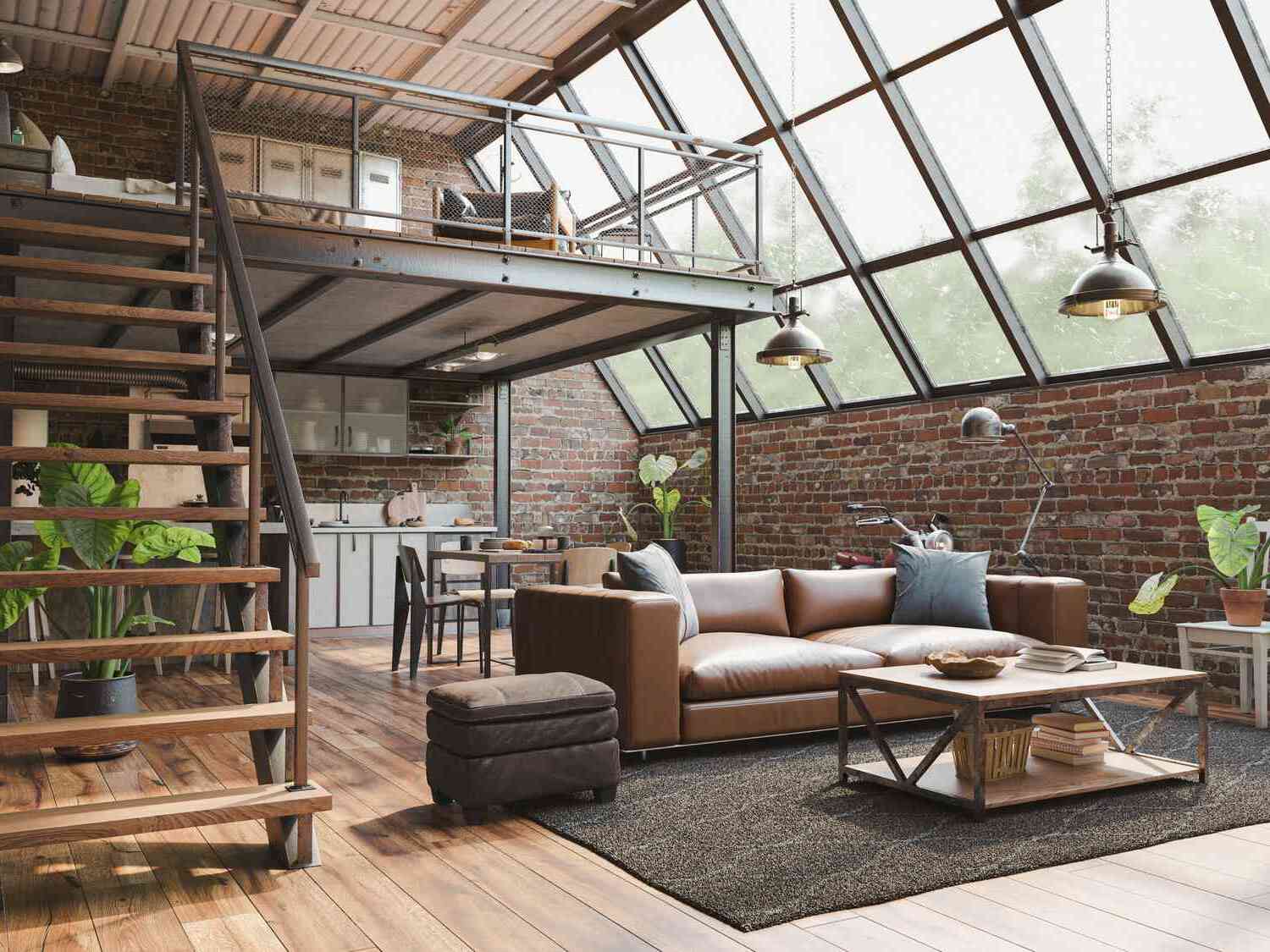
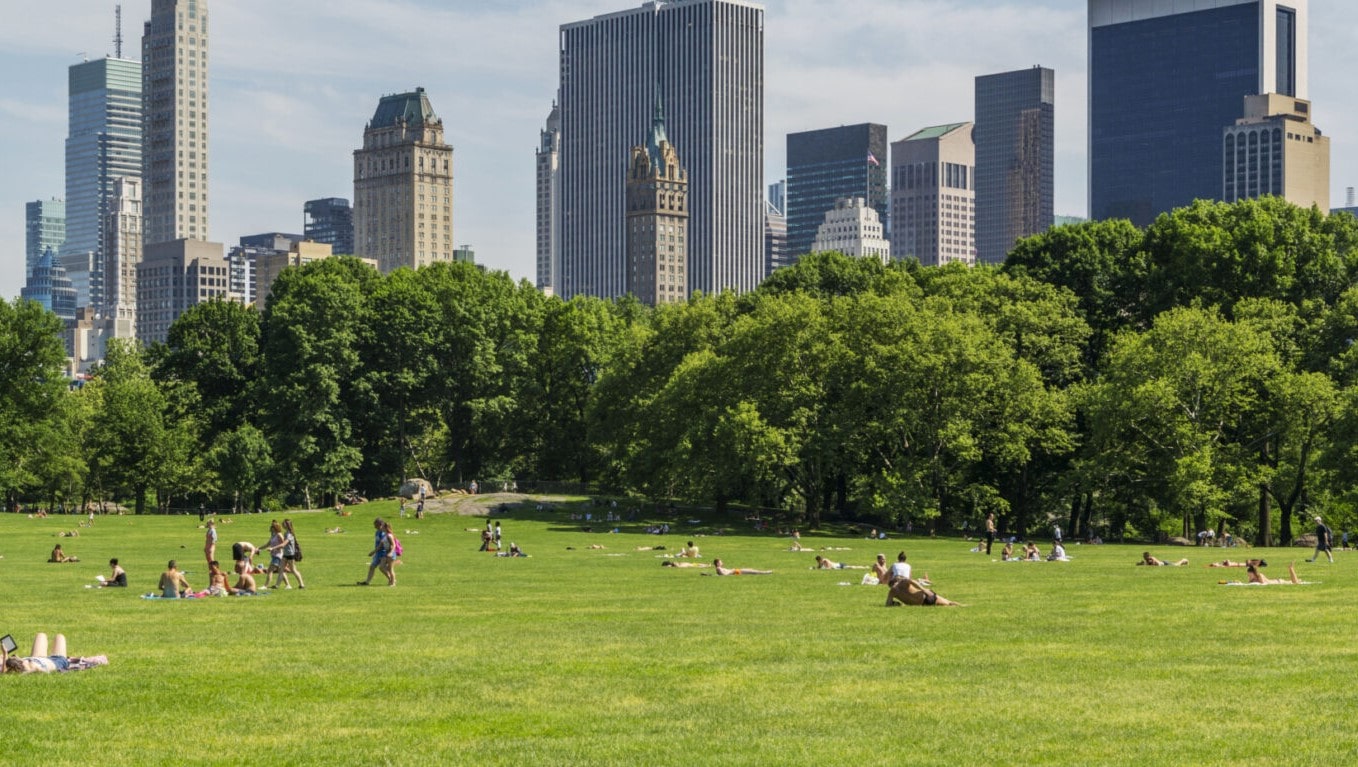
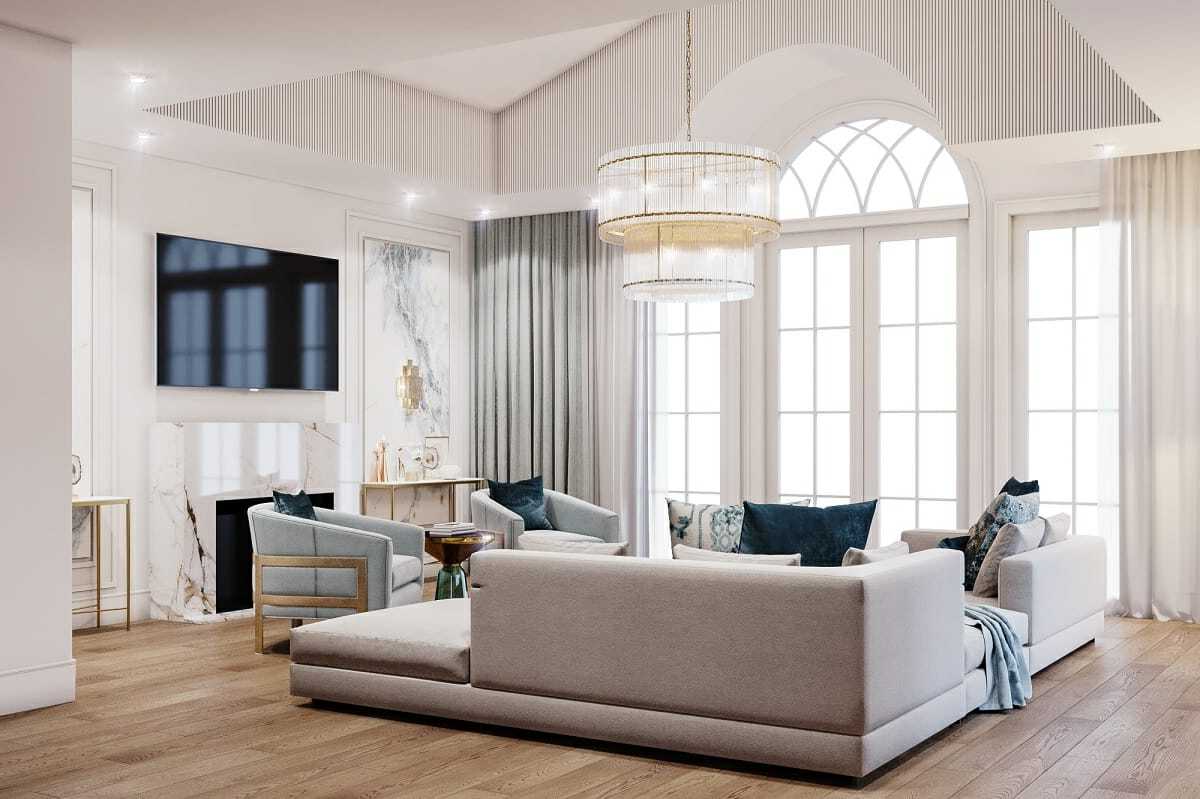
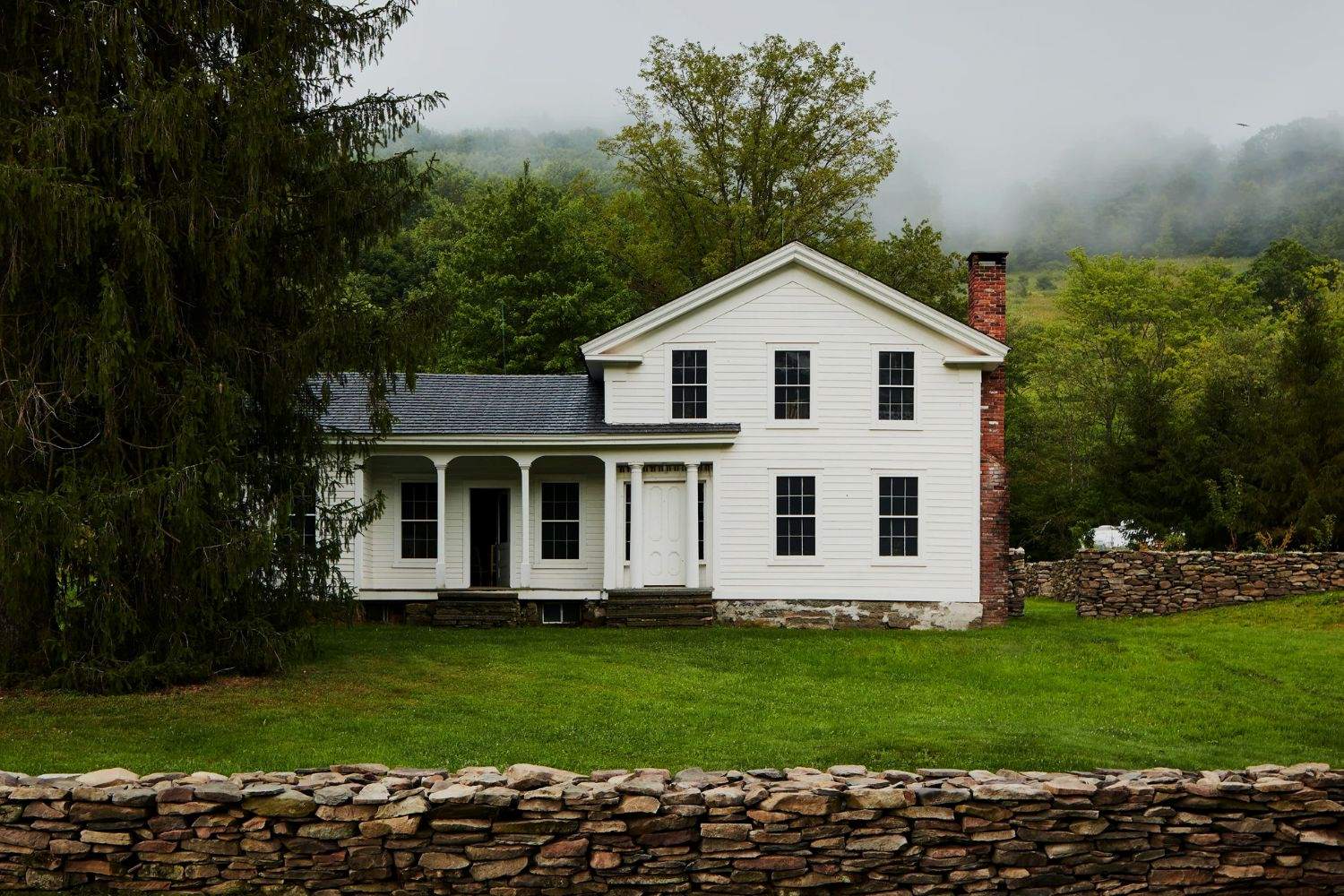


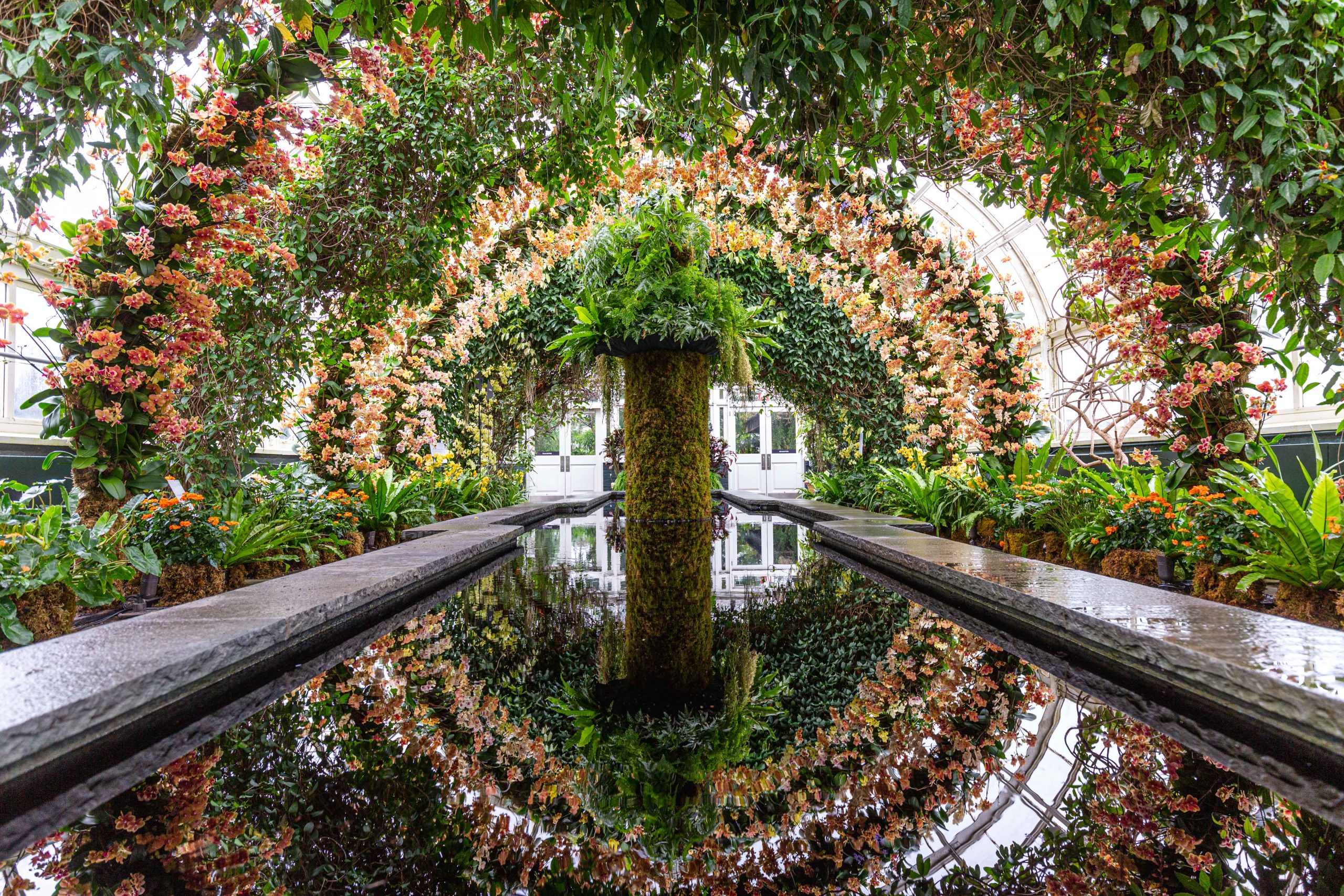
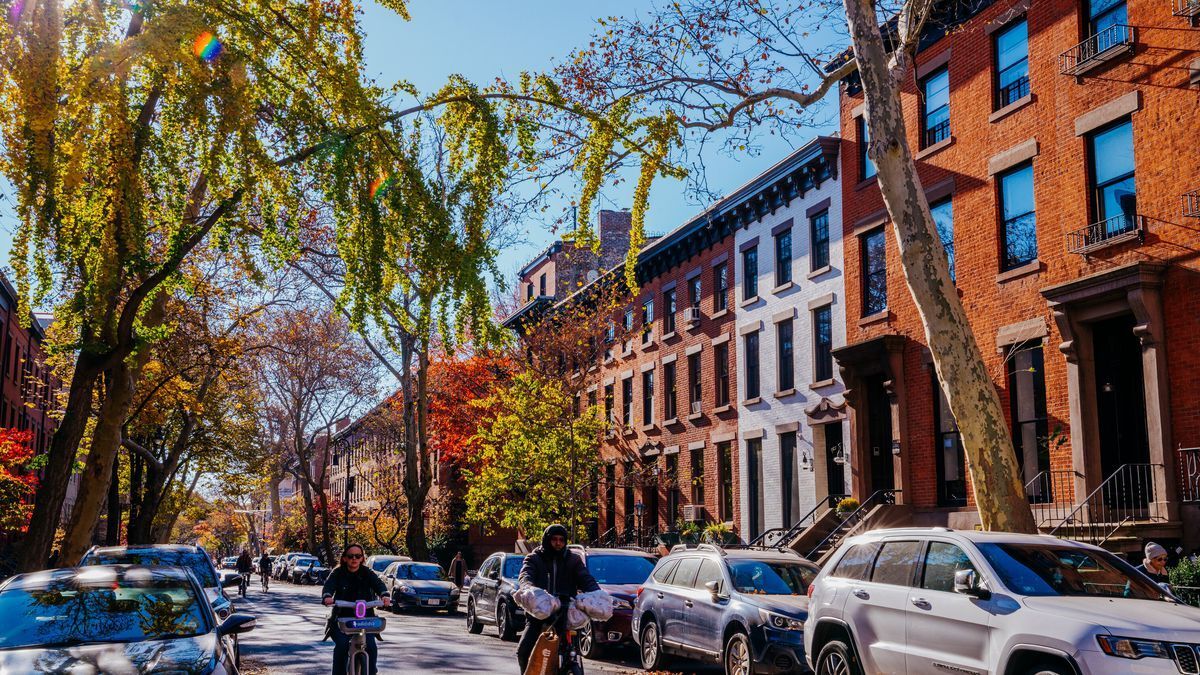

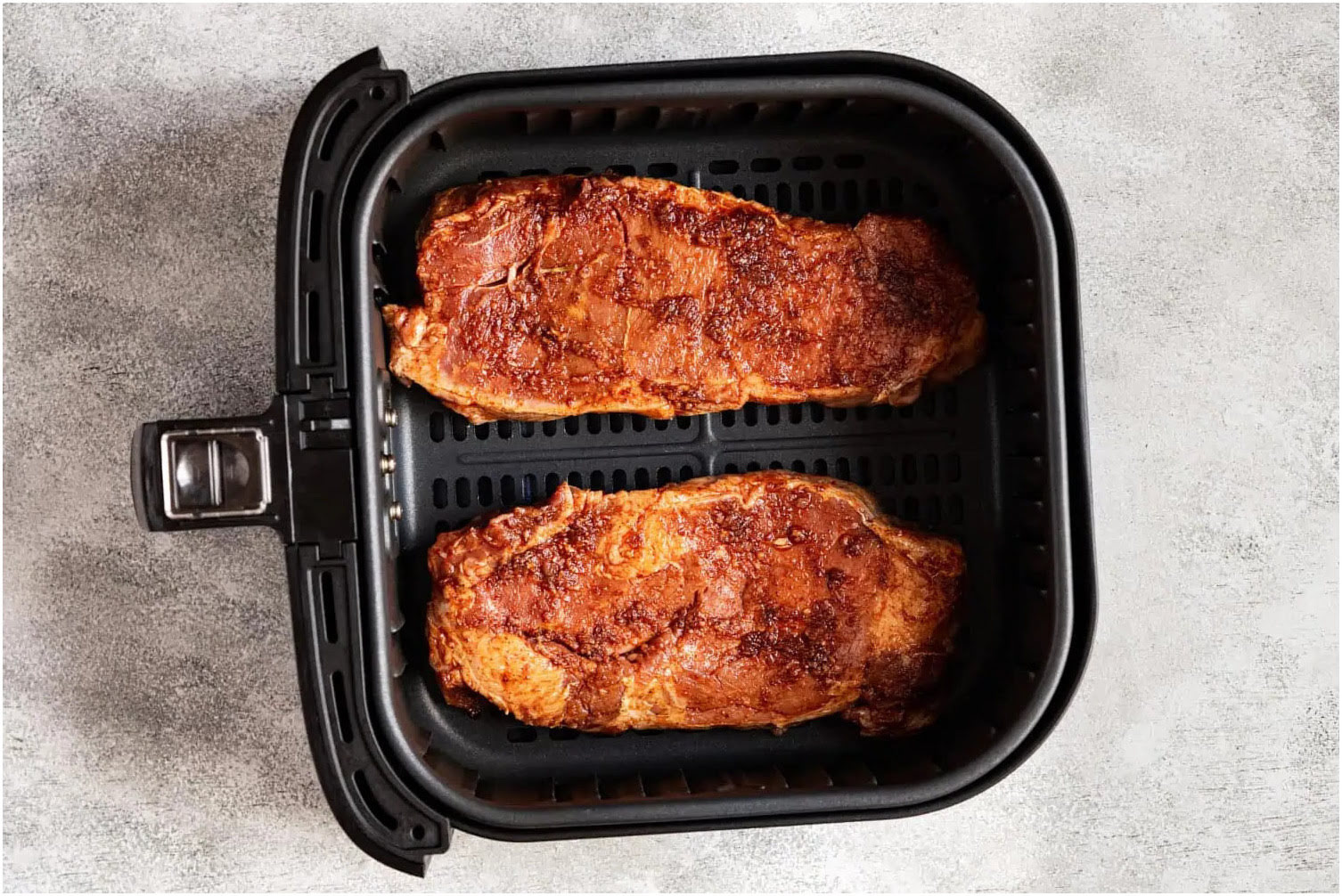

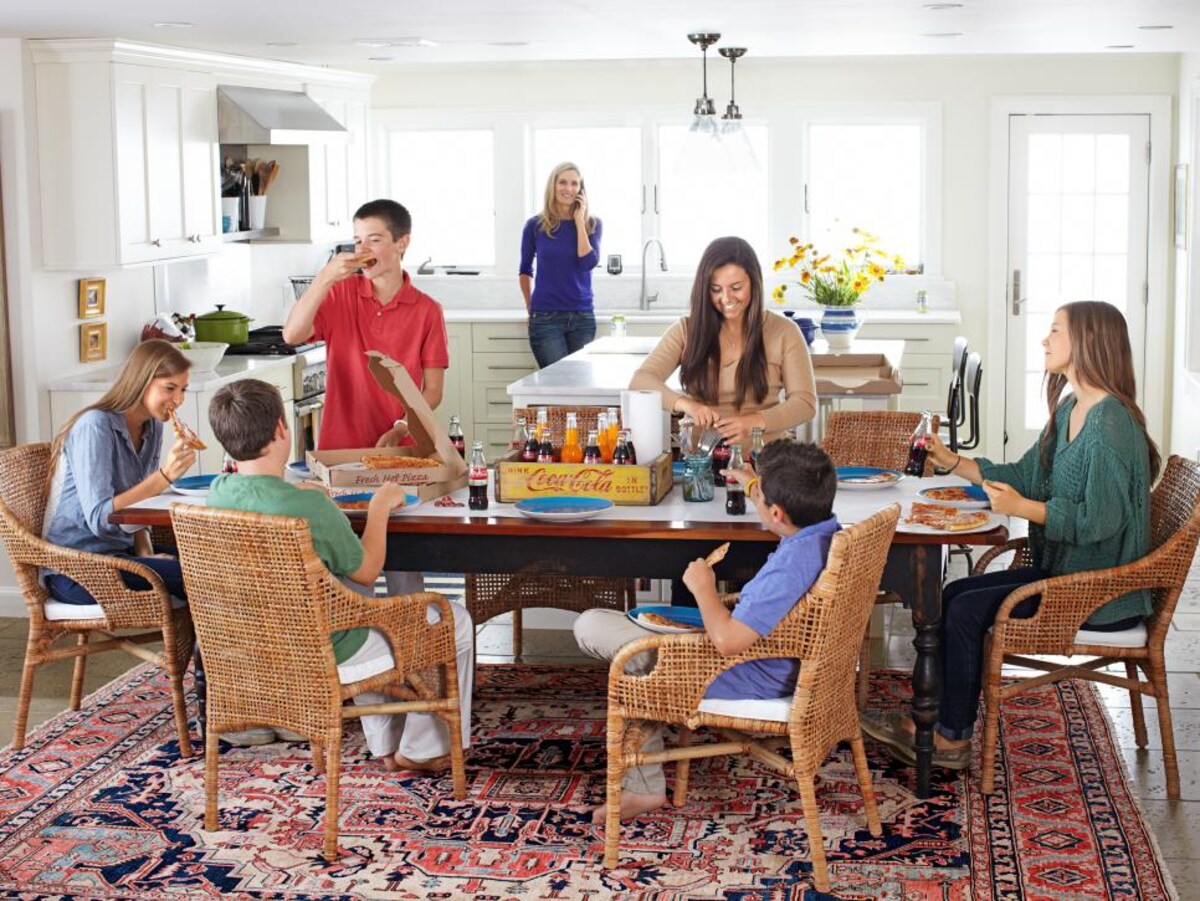


0 thoughts on “Urban Sophistication In New York Loft Style”